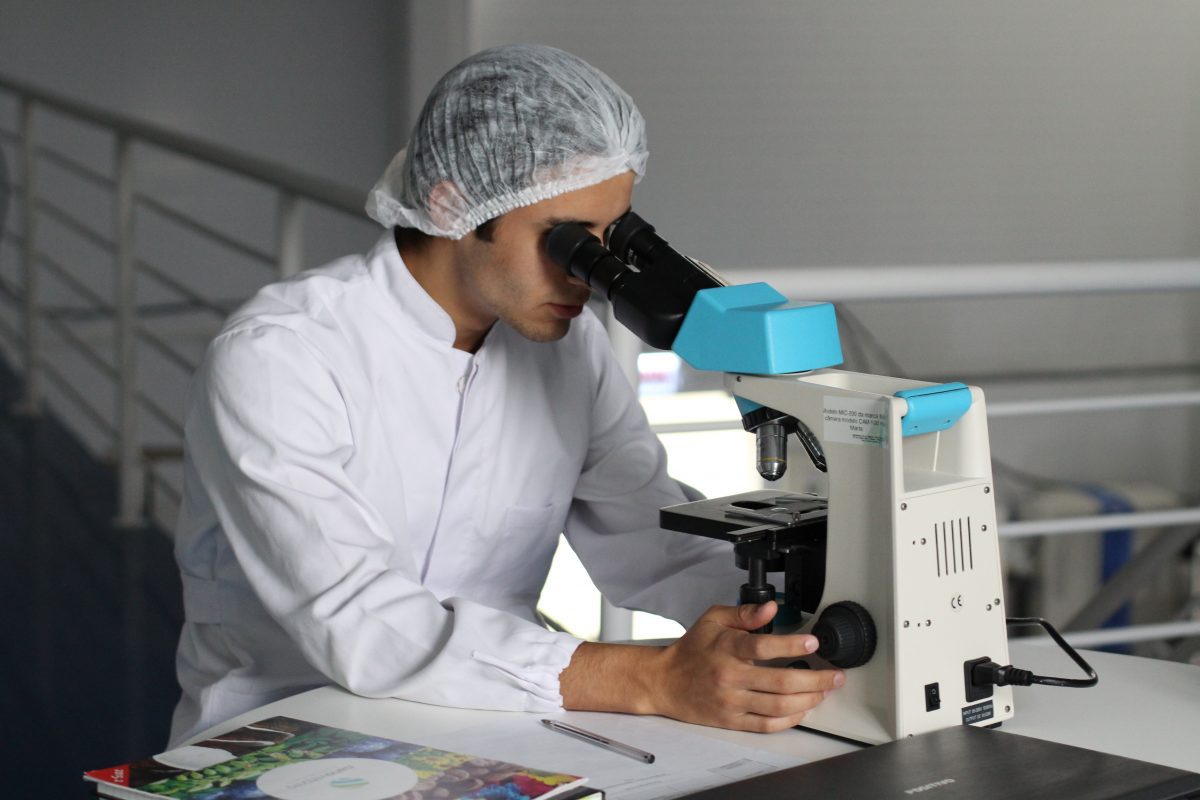Spectroscopy is one of the most important techniques in analytical chemistry. It has been influential in many fields, including astronomy, physics, chemistry, biology, and medicine. Understanding it can be difficult, but this article helps break down how to make sense of this technique. It will give you some practical tips on what spectroscopy is and how it’s used.
1. What is a spectrum?
A spectrum is the distribution of light intensity through visible wavelengths, which are measured in nanometers (nm). Wavelengths for visible light range from 400 to 700 nm. The color of an object depends on its chemical composition and therefore can be used as a clue to identify it. The spectrum of visible light includes the colors of the rainbow which can also be seen in a prism or in a rainbow-like pattern created when white light shines through tiny particles.
2. What is spectroscopy?
Spectroscopy is a method that uses light and its spectrum to identify materials and analyze chemical composition. It’s an essential tool for chemists and physicists who study matter by measuring its properties, such as density and speed of sound (or velocity). The word spectroscopy derives from Greek words meaning “to look at or examine carefully.” Scientists began using this method in the 1800s and from that moment on it has become a common technique in many fields. Spectrophotometers are used extensively in science labs because they provide precise measurements on substances without destroying them as other testing methods might do. There are a lot of books and websites that offer interesting information on spectroscopy. One interesting detail about it is that it can be traced back to the astronomer Sir Isaac Newton (1642-1727), who discovered that when white light passes through a prism, it is separated into all the colors of the visible spectrum. Newton then divided the spectrum into seven distinct colors that he called “primary colors of light.” He was not aware that white light is made up of different wavelengths of color.

3. Why is spectroscopy important to scientific research?
Spectroscopic analysis is a powerful way to look at chemical structure and composition. With the right tools, scientists can identify substances by looking for specific wavelengths of light that correspond to each element’s atomic fingerprint. This method reveals important clues about things like where certain elements are located in a compound and their relative abundance. For example, they can investigate if the material is magnetic by shining it with electromagnetic waves in the radiofrequency range and measuring the change in radio waves that are reflected back. This measurement tells them something about what a substance is made of because different elements have different effects on radio waves. Unlike the other methods that were used before it, spectroscopy is non-destructive. This means that a sample can be studied after a chemical reaction has taken place without changing its molecular structure.
3. How is it useful?
Spectroscopy is very useful because it enables scientists to determine the composition and purity of a substance. This is because each element has its own unique spectrum, which can be used for identification and quantitative analysis. Scientists can use this information for testing substances in the lab, to figure out if they are safe for use or not. For example, if you were trying to identify elements in a compound and there were no known standards available, you could use spectroscopy to identify the elements present.
4. What are examples of spectroscopy applications?
Spectrometry is used in a number of industries, including mining and manufacturing, to make sure that mine soil samples are clean enough for use. Oil and gas companies have used spectroscopy for years to find new sources of oil. Food manufacturers use the method before purchasing raw materials at two different stages, which are quality control and process analysis. It’s also used in medicine, like during surgery to study an internal organ. In the pharmaceutical industry, scientists use it to identify unknown compounds and then determine their purity level. Nowadays, it is being used in cancer research because doctors can examine tumor cells using spectral methods that identify their chemical composition.
Spectroscopy is a powerful tool that has been used by scientists for years, and it continues to be an effective way of analyzing things. It is very useful in many fields like mining and manufacturing, food processing, the pharmaceutical industry, etc. It is widely used because it can identify elements without harming the sample. This article has explained what spectroscopy is and why it’s important, as well as providing some example applications of spectroscopy to show how useful it can be.


